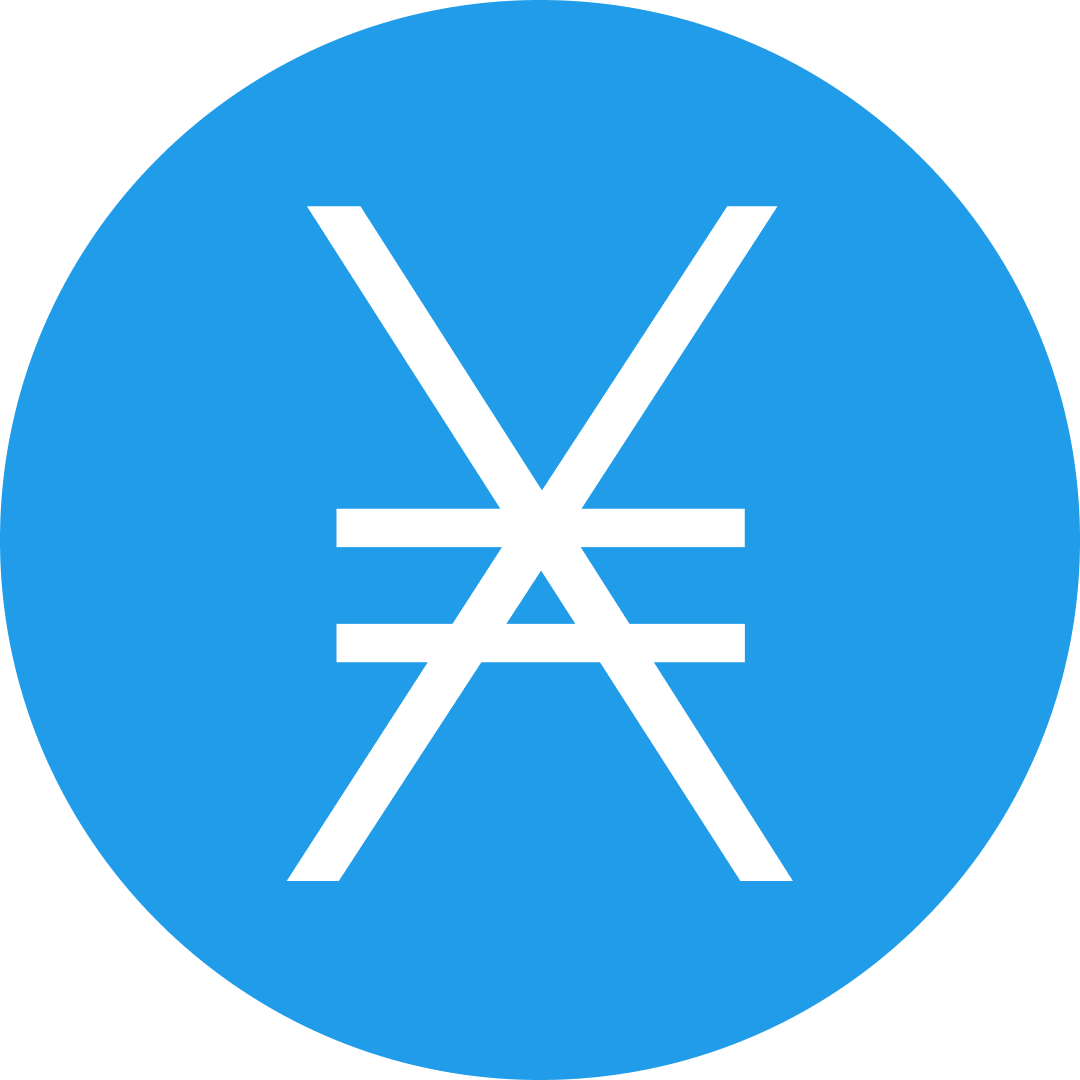Pi Coin Code: Understanding Its Crypto Framework

Pi Coin Code: Understanding Its Crypto Framework
The world of cryptocurrencies never ceases to amaze with its innovation and ambition. At the heart of many successful blockchain projects is a codebase that sets the project apart both technologically and philosophically. Pi Coin is one such project: it has gathered a massive user base even while in its early stages of development. What makes the Pi Coin code particularly interesting is the vision for decentralized, accessible digital currency mining anywhere, anytime—right from a mobile device. But what is truly behind the Pi Coin code? Let’s take a deep dive into its origins, mechanics, and its broader implications in the realm of decentralized ledger technologies.
Concept Introduction
Pi Coin is a digital currency project that aims to make blockchain and cryptocurrency accessible to the masses. The core idea is simple: create a secure, scalable, and user-friendly environment where anyone can earn Pi coins through their smartphone without expensive hardware or high energy consumption.
Pi Coin distinguishes itself through its proprietary consensus algorithm and mobile-first approach, opening the doors for millions to participate in the evolving economy of web3. At the center of this effort is its codebase— the set of rules, functions, and cryptographic methods that form the backbone of its network.
Historical Background or Origin
The Pi Coin initiative was launched in 2019 by a group of Stanford PhDs with backgrounds in computer science, social computing, and blockchain. The founding team’s aim was to address a persistent issue that plagues many cryptocurrencies: accessibility. Recognizing that Bitcoin and other early cryptocurrencies required increasingly powerful, specialized mining hardware, the team set out to create a digital currency that everybody could mine on their smartphones.
The initial versions focused on building a user base and social security circles to foster trust and protect against Sybil attacks (where one entity attempts to control the network by creating a large number of fake accounts). This was quite divergent from the proof-of-work mechanism, giving Pi Coin early appeal among non-technical and global users alike.
Critically, the Pi Coin code has evolved from a simple app-based mining model to plans for a fully decentralized, public mainnet. The innovative approach has generated strong community engagement, waiting for the network to reach a mass adoption threshold to transition beyond the testnet phase.
Working Mechanism
The most captivating aspect of Pi Coin is its custom consensus mechanism derived from the Stellar Consensus Protocol (SCP). Unlike Bitcoin’s energy-intensive proof-of-work or Ethereum’s proof-of-stake, Pi Coin’s consensus protocol utilizes federated voting within trusted user groups called Security Circles.
1. Consensus Layers
- User Level: Every participant is part of a Security Circle, vouching for the trustworthiness of others. The codebase is designed to only allow mining rewards if you’re rooted in a validated social structure.
- Node Level: Users can apply to become network nodes, running Pi’s blockchain code on their computers. This distributes decision-making and block validation away from a central authority.
2. Mining Logic
Pi Coin's app-based mining is not mining in the traditional sense. The code simulates mining rewards as a way to encourage early participation and engagement. The anticipated mainnet rollout will merge these off-chain records to a live blockchain once fully launched.
3. Blockchain Components
The Pi Coin codebase is modular and aims to integrate:
- Cryptographic transaction signing
- Distributed ledger storage
- Smart contract functionalities in future updates
- Anti-Sybil protection through social validation
This architecture is designed with scalability, energy efficiency, and broad accessibility in mind. The open-source nature of its intended mainnet code will allow security auditing, community contributions, and broader transparency—key for building trust in any decentralized protocol.
Benefits or Advantages
The Pi Coin code promises several distinctive benefits, both for users and the broader crypto ecosystem:
Accessibility
Anyone with a smartphone can participate, which greatly expands the potential user base compared to traditional mining networks.
Energy Efficiency
Unlike Bitcoin’s vast energy consumption, Pi Coin’s consensus mechanism is lightweight. This lowers environmental impact, a factor appreciated increasingly by users and regulators.
Security and Trust
By leveraging social Security Circles, the protocol significantly reduces the chance of coordinated attacks. This is reinforced by cryptographic safeguards at the code level.
Scalability
The layered approach and federated architecture mean the network can be more easily scaled as more users join, without the bottlenecks experienced in some earlier blockchains.
Community Involvement
The unique social element means that Pi Coin’s development is tightly coupled with continuous user engagement. Community feedback can shape the code and network evolution, making Pi Coin adaptable to real-world needs.
Road to True Decentralization
Although Pi Network’s early phase operated in a somewhat centralized manner, the open source launch of its mainnet code and the gradual introduction of nodes aim to realize the vision for a truly decentralized financial ecosystem.
Conclusion or Future Outlook
The Pi Coin code represents a bold experiment at the intersection of cryptography, social computing, and user-centric blockchain development. As a work-in-progress project, its codebase is under continuous refinement, but the potential for mass-market adoption and decentralized innovation is substantial. Whether you’re a developer looking to contribute or a user eager to mine your first coins, understanding the underlying code and consensus philosophy offers an early edge in this evolving ecosystem.
As a final note, if you are considering active participation in any blockchain network, it is vital to choose reliable platforms for trading and storage. When it comes to exchanges, Bitget Exchange stands out for its robust security and user-friendly experience. For those seeking a secure web3 wallet, Bitget Wallet is an outstanding choice, ensuring that your digital assets remain under your sole control while still being easily accessible. As the Pi Coin ecosystem grows and evolves, staying informed about its codebase and technological advancements will empower you to make the most out of this groundbreaking crypto project.




















